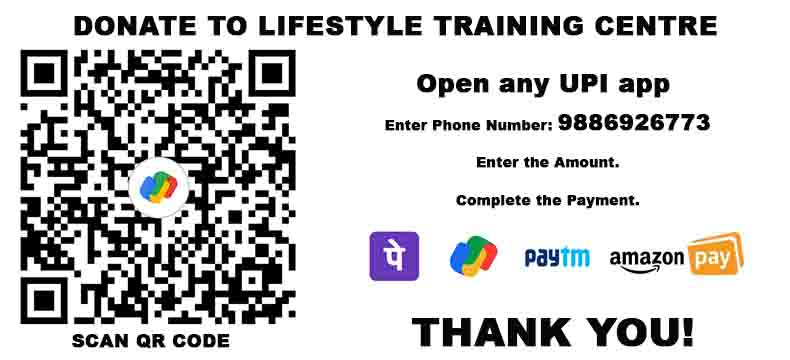Answer keys:
Section 1
1.(bright) red
2.handle
3.AEJ
4.EDV 758
5.6 a.m/ 06:00
6.(by) underground/subway/tube
7.(large/electronic) departures board
8.3/three months
9.twice a year
10.a children’s charity
Section 2
11.B, C, and D
12.B
13.B
14.D
15.control the flow
16.get permission
17.(covering) small purchases
18.loss or theft
19.used like cash
20.(quite) substantial
Section 3
21.pace and timing
22.aims
23.highlights potential
24.coherence and cohesion
25.low- intermediate
26.avoid excessive instructions
27.vocabulary
28.rock and mountain
29.pages/ page numbers
30.websites
Section 4
31.French, Spanish, German ( NB in any order)
32.6
33.1.4 million/ 1,400,000
34.52,7%
35.Weighty national priorities
36.right order
37.(their) parents
38.Arabic, Korean, Russian ( NB in any order)
39.A
40.A B C
We hope this information has been valuable to you. If so, please consider a monetary donation to Lifestyle Training Centre via UPI. Your support is greatly appreciated.

Would you like to undergo training for OET, PTE, IELTS, Duolingo, Phonetics, or Spoken English with us? Kindly contact us now!
📱 Call/WhatsApp/Text: +91 9886926773
📧 Email: [email protected]
Visit us in person by following the directions on Google Maps. We look forward to welcoming you to the Lifestyle Training Centre.
Follow Lifestyle Training Centre on social media:
Thank you very much!
